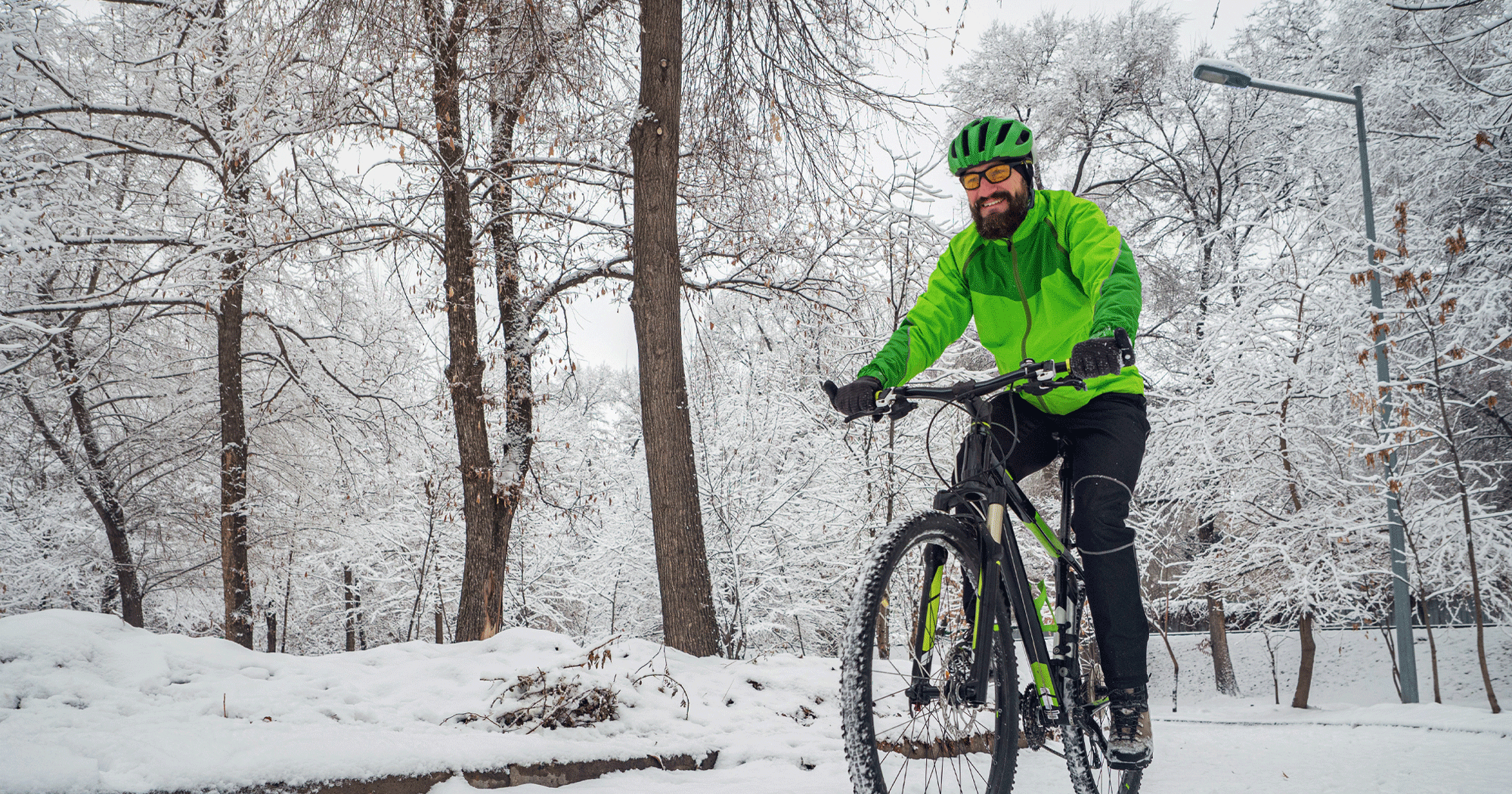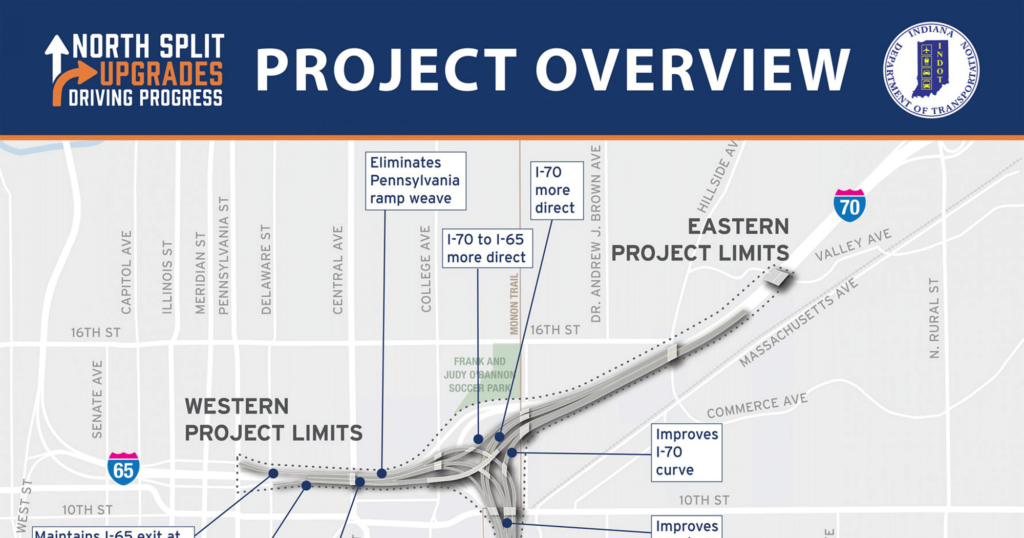On Friday, February 12th, thousands of bike riders from all around the world showed their love of riding on International Winter Bike to Work Day. It’s no surprise that so many people enjoy biking in all seasons; bike commutes can save money, support one’s physical and mental health, and protect the environment. Plus, with new innovations like the E-bike, biking to work is easier now than ever.
Many people think they can only bike in warmer months, but with the right gear and preparation, you can enjoy the financial and health benefits of biking all year round! Below are Commuter Connect’s top tips for winter bike commuting:
Find the right tires (and other gear)
Most bike commuters use different tires in the winter to better navigate snowy and icy paths. Consider replacing your normal tires with studded ones to give your bike more traction. You may also want to consider buying a set of fenders, which shield your bike from water and grime.
Make sure drivers can see you
You might be riding in the dark or snow during the winter months, so make yourself as visible as possible on the road. Buy lights for the front and back of your bike and always remember to wear reflective gear.
Layer up
If you want to stay warm but avoid sweatiness on your bike commute, master the art of layering! With layers, you can adjust your clothing throughout your ride based on your body temperature. Just make sure your “top layer” is waterproof so you can fend off snow and rain. High-quality gloves, boots, and a face/neck cover can also help you!
Don’t forget to clean
Snow, water, salt and mud can all wreak havoc on your bike, so remember to deep clean your bike at least once every few weeks. You should also use “wet” lubricant (specially designed for wet/dirty climates) on your bike chain regularly.
Keep it slow and smooth
Just like cars, bikes can slip and slide on the ice, especially when riders make sudden or jerky moves. Go slow and steady to prevent injuries and/or damages to your bike. It’s better to spend 5 more minutes on your commute than visit the emergency room.
We hope this blog post helped you feel more confident during your winter bike commute. For more tips like these, register for Commuter Connect and follow us on social media!


